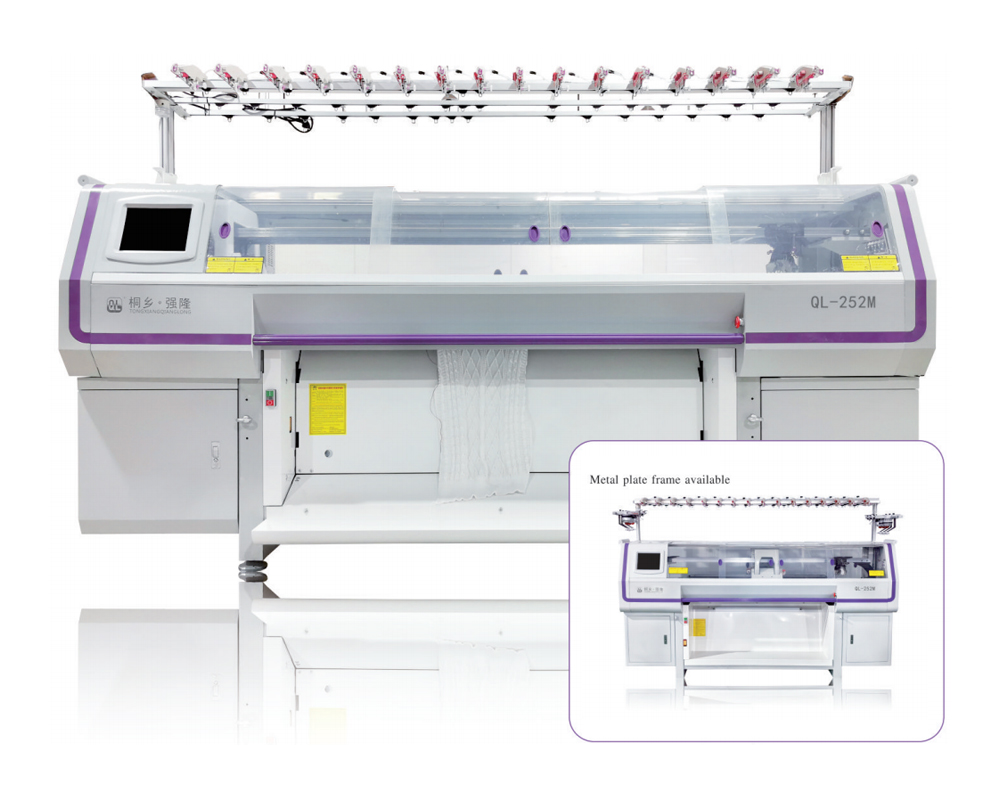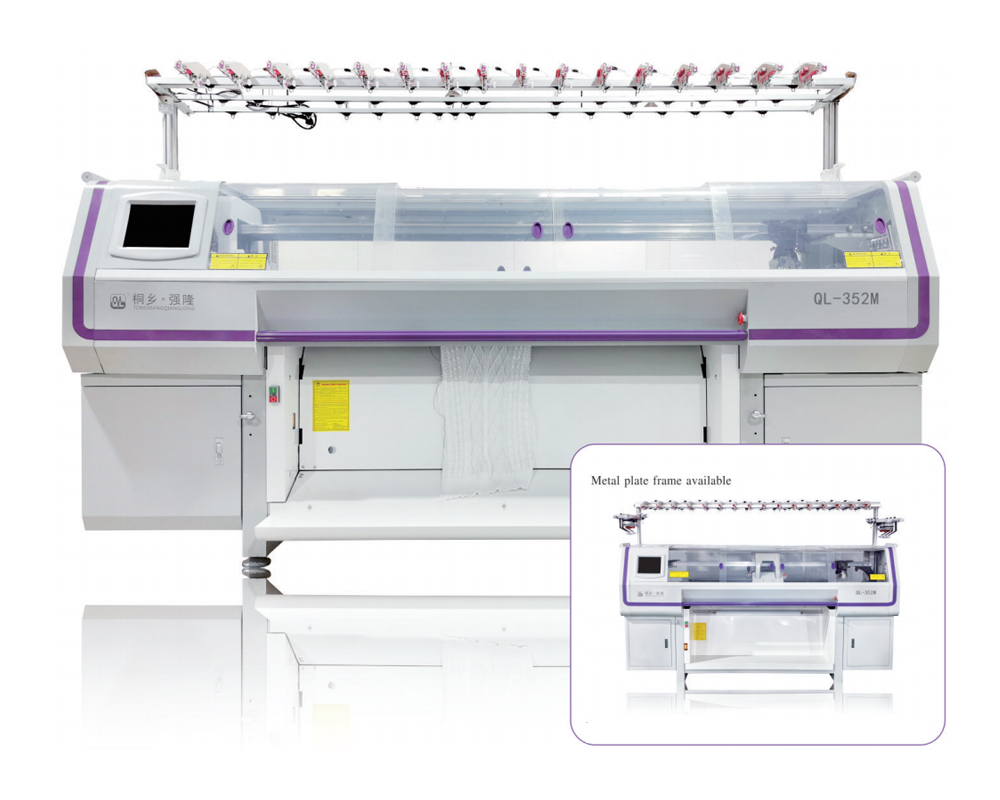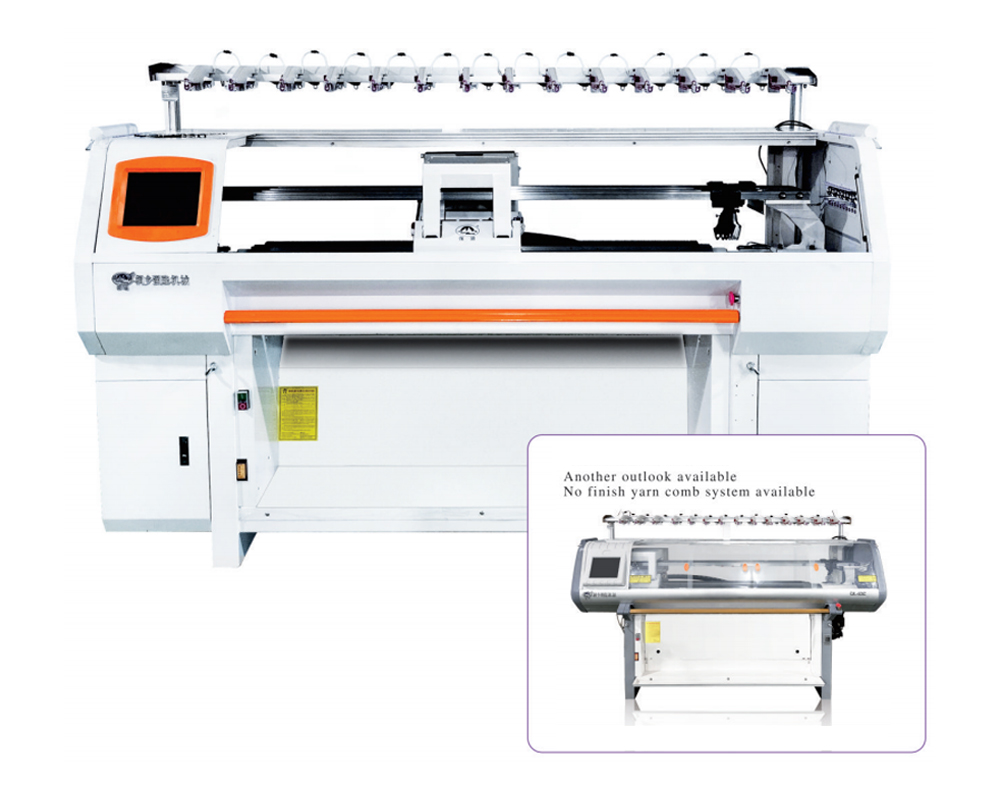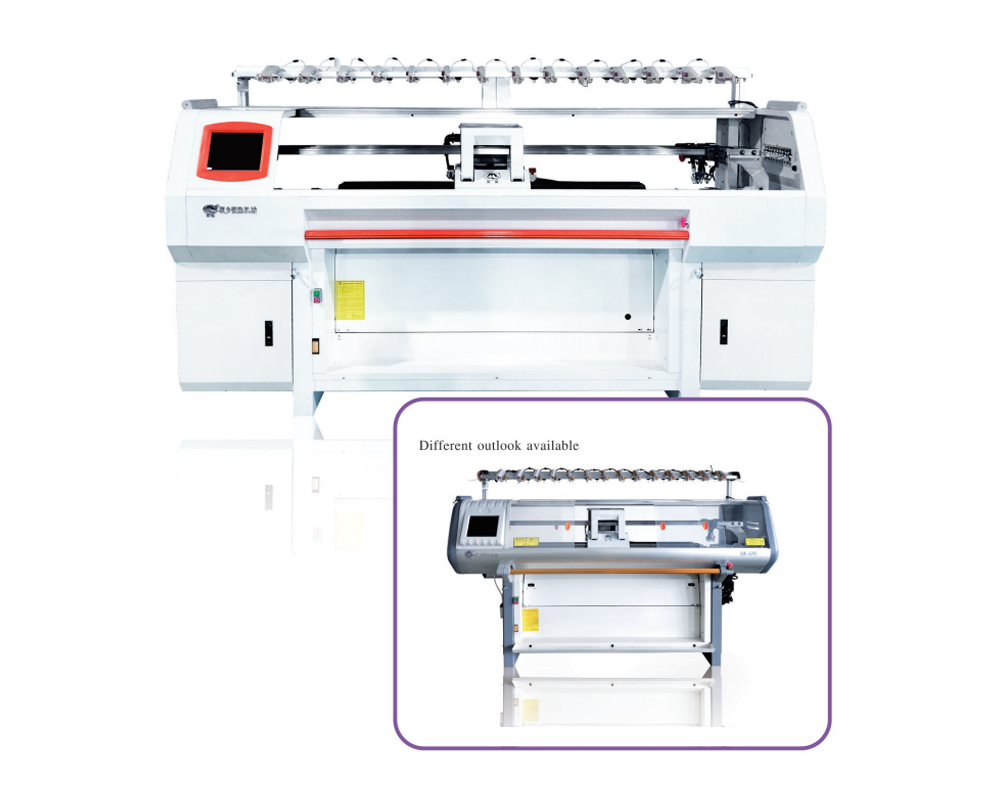Tongxiang Qianglong Machinery Co., Ltd. is high-tech China wholesale computerized flat knitting machine manufacturers, specialized in designing, developing, and manufacturing Knitting Machinery..
The double system computerized flat knitting machine has revolutionized the textile and apparel industry by offering greater flexibility, precision, and efficiency in fabric production. Known for its ability to simultaneously control two independent carriages or knitting systems, this machine expands the range of knit structures, textures, and patterns manufacturers can produce.
This article explores the types of knitted fabrics that can be manufactured using a double system flat knitting machine and explains why this technology is a cornerstone for modern knitwear production.
1. Understanding the Double System Flat Knitting Machine
Before diving into fabric types, it's important to understand the core functionality of the machine.
A double system flat knitting machine is equipped with two separate needle selection systems operating on a single needle bed. This allows for more complex stitch formations, faster production speeds, and better control of fabric density and design.
Key features include:
-
Simultaneous or alternating operation of two systems.
-
Advanced computer control for precise programming.
-
Capability to create fully fashioned garments.
-
Support for intarsia, jacquard, rib, tuck, transfer, and more.
2. Basic Categories of Knitted Fabrics
Here’s a detailed look at the various fabric types that can be produced on a double system flat knitting machine:

A. Plain Knit (Single Jersey)
-
Structure: Basic one-face knit with loops aligned in one direction.
-
Application: T-shirts, innerwear, linings.
-
Why it's suitable: The machine’s two systems can alternate for faster production of even, lightweight jersey fabric with consistent tension and fewer defects.
B. Rib Fabrics (1×1, 2×2, etc.)
-
Structure: Alternating knit and purl stitches, giving vertical ridges.
-
Application: Collars, cuffs, hems, sweaters.
-
Why it's suitable: The dual systems allow efficient switching between knit and purl stitches, creating stretchable fabrics with excellent elasticity and recovery.
C. Interlock Fabric
-
Structure: A double-layer knit with two rows of needles working simultaneously.
-
Application: Sportswear, babywear, sleepwear.
-
Why it's suitable: Although traditionally made on circular machines, flat knitting double systems can simulate interlock patterns by aligning stitch patterns alternately, enhancing durability and softness.
D. Jacquard Knits
-
Structure: Complex, multi-color designs created with selected needle activation.
-
Application: Fashion knitwear, branded sweaters, uniforms.
-
Why it's suitable: The dual systems can operate separate yarn feeders and control individual needle selection, enabling intricate patterns and color-blocking.
E. Tuck and Miss Stitch Patterns
-
Structure: Stitches are held or skipped to create textures or mesh-like patterns.
-
Application: Decorative panels, summer knit tops, lacy cardigans.
-
Why it's suitable: A double system machine can manage different needles in each carriage to coordinate multi-depth tuck stitches and delicate mesh designs.
F. Cable and Aran Patterns
-
Structure: Raised or twisted knit patterns simulating ropes or braids.
-
Application: Sweaters, scarves, fashion accessories.
-
Why it's suitable: Stitch transfer techniques are managed more smoothly with two systems, allowing the formation of 3D patterns like cables or twisted ribs.
G. Pointelle / Lace Knits
-
Structure: Lightweight, breathable fabric with deliberate holes or eyelets.
-
Application: Summer apparel, fashion dresses, lingerie.
-
Why it's suitable: The double systems handle stitch dropping and transfer actions required for openwork lace efficiently and with precision.
H. Intarsia and Color Blocking
-
Structure: Blocks of color or graphic patterns created without floats.
-
Application: Graphic sweaters, kidswear, fashion knit tops.
-
Why it's suitable: Intarsia knitting requires multiple yarn feeders to be independently controlled — something a double system machine excels at, ensuring clear boundaries and no back float.
I. Fully Fashioned Panels
-
Structure: Shaped panels knitted to size using short row shaping and stitch transfer.
-
Application: High-end sweaters, fashion knit garments.
-
Why it's suitable: The machine enables garment-shaping (shoulders, sleeves, neckline) on the knitting bed itself, reducing waste and the need for cutting.
J. Spacer and Structured Fabrics
-
Structure: Dual-layered fabrics with varying thickness or texture zones.
-
Application: Footwear uppers, technical wear, padding zones.
-
Why it's suitable: Dual systems allow engineers to develop layered structures and even insert auxiliary yarns like elastane or metallic thread.
3. Technical Enhancements Made Possible by the Double System
Thanks to the two knitting systems, manufacturers can introduce:
-
Short-row shaping for contouring sleeves, busts, and waist areas.
-
Variable stitch density for strategic compression or softness.
-
Directional knitting to align patterns at angles or seamlessly connect panels.
-
Hybrid yarn integration, mixing cotton, polyester, wool, or conductive yarns.
These allow technical and fashion industries alike to innovate faster and offer customized knitwear.
4. Popular Applications by Fabric Type
| Fabric Type | Application Examples | Notable Features |
| Plain Jersey | T-shirts, base layers | Light, breathable, fast to produce |
| Rib | Cuffs, waistbands, sweaters | Stretchy, form-fitting |
| Jacquard | Fashionwear, school sweaters | Multicolor, detailed designs |
| Lace / Pointelle | Women’s tops, lingerie | Airy, decorative |
| Cable Knit | Pullovers, scarves | Textured, premium appearance |
| Intarsia | Kidswear, corporate branding | Clear color separation, no floats |
| Fully Fashioned | Sweaters, dresses | Waste-reducing, shape-accurate |
| Spacer Knit | Sportswear, smart textiles | Cushioning, technical zones |
5. Benefits of Using Double System Flat Knitting Machines
-
Production Flexibility – Switch between different fabrics within the same run.
-
Design Versatility – Advanced software integration allows complex patterns and fabric simulations.
-
Efficiency – Two systems double the processing capabilities for complex knit structures.
-
Garment Accuracy – Improves size control, shaping, and consistency.
-
Sustainability – Enables fully fashioned garment production, reducing fabric waste.
6. Conclusion
The double system computerized flat knitting machine is a game-changer for the textile and apparel sector. Its capacity to produce a wide array of fabrics — from basic jerseys and ribs to complex jacquards and lace — makes it indispensable in fashion, sportswear, technical textiles, and even smart garments.
For manufacturers, investing in double system flat knitting technology is not just about efficiency — it’s about unlocking design freedom, improving sustainability, and meeting the demands of a fast-evolving global market.

 English
English 简体中文
简体中文
 Chinese
Chinese English
English










